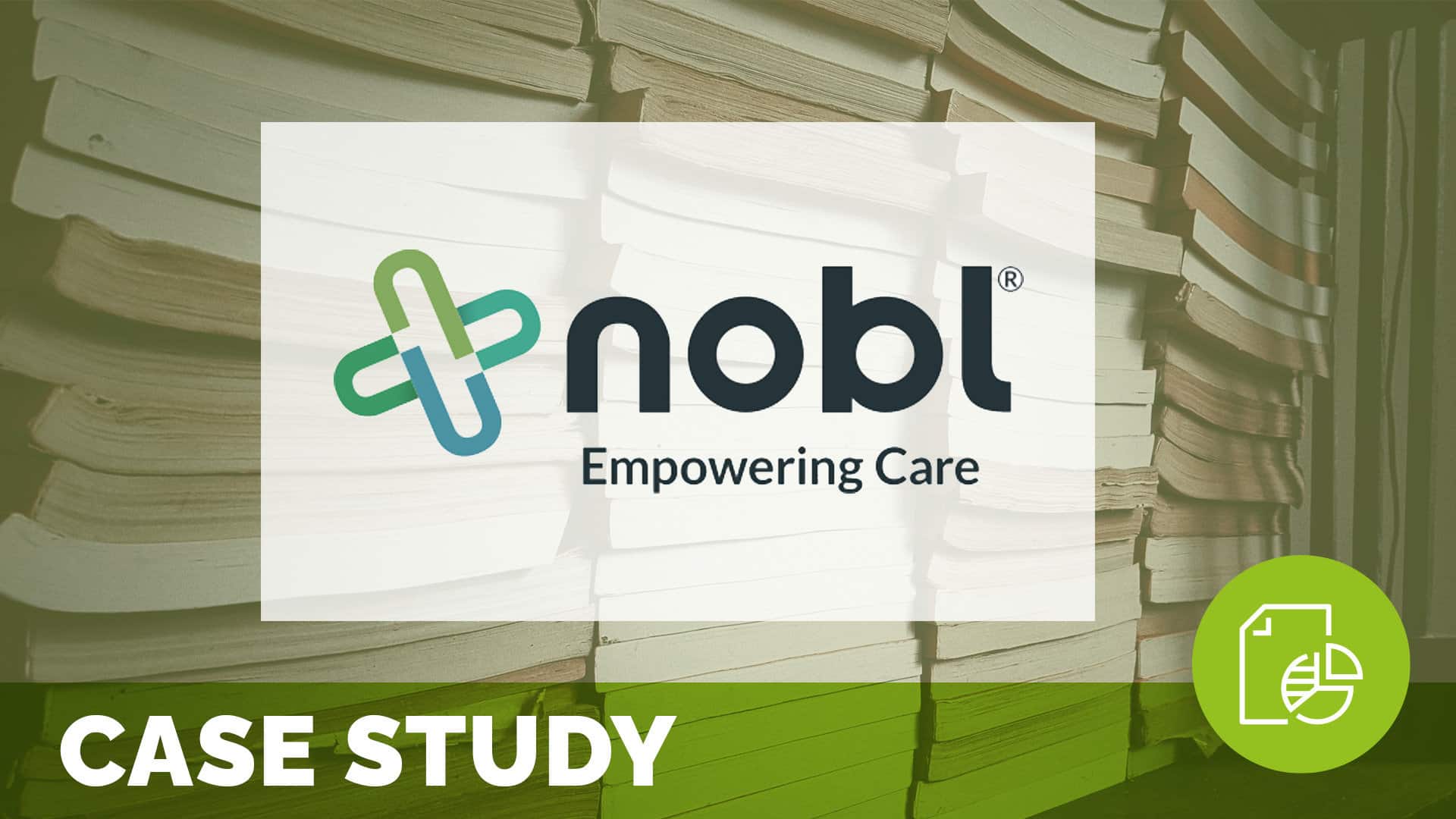How are the vibes? Patient and family experiences of rapport during telehealth calls in palliative care

Interactions with rapport are considered essential to palliative care and beneficial to patient outcomes. With the current interest in telehealth, more knowledge is needed about rapport during telehealth encounters in palliative care from the patient and family viewpoint. The objective of this study was to explore patient and family experiences of rapport with health professionals during telehealth interactions in the community palliative care setting. This was a qualitative Interpretive Description study, with 18 patients and 11 family member participants recruited from four hospice locations in Aotearoa, New Zealand. Semi-structured interviews were conducted, and audio recorded between November 2020 and May 2021. Data was transcribed and analysed using Reflexive thematic analysis. A COREQ checklist was completed. The major theme was “The health professional’s vibe” which developed into two subthemes: 1) Relaxed comfortable encounters, with behaviours that aided developing rapport, and 2) difficult uncomfortable encounters with behaviours detracting from developing rapport. A key finding is that the health professional’s care, presence, and communication skills affected development of rapport more than the telehealth medium used. Participants perceived rapport in telehealth calls depending on how they experienced the health professionals’ “vibe.” Rapport occurred in relaxed, comfortable encounters with health professionals who demonstrated intentional presence and caring. However, patients and families experienced uncomfortable encounters without rapport attributable to a lack of health professional presence and caring. More compelling training options are needed for health professionals regarding the development of rapport in telehealth along with further research into the impact of rapport on telehealth outcomes.
Related content
-
 Innovation & Technology | Patient Family & Community Engagement
Innovation & Technology | Patient Family & Community EngagementHome health care CAHPS® survey: Predicting patient experience performance
Learn more -
 Innovation & Technology | Patient Family & Community Engagement
Innovation & Technology | Patient Family & Community EngagementModern Strategies for Purposeful Rounding
As an evidence-based, data-driven nursing initiative, we know that purposeful rounding provides accountability at the bedside that significantly impacts the patient experience. But how do you leverage modern communication tools and techniques to streamline information flow among care teams in the clinical setting? How do you actively involve patients in their care and foster better
Learn more -
 Innovation & Technology
Innovation & TechnologyIncreasing Patient Safety with a Digital Hourly Rounding Solution
In this case study, read about how Bryan Medical Center moved from an outdated paper-based hourly rounding process to an innovative digital solution.
Learn more
